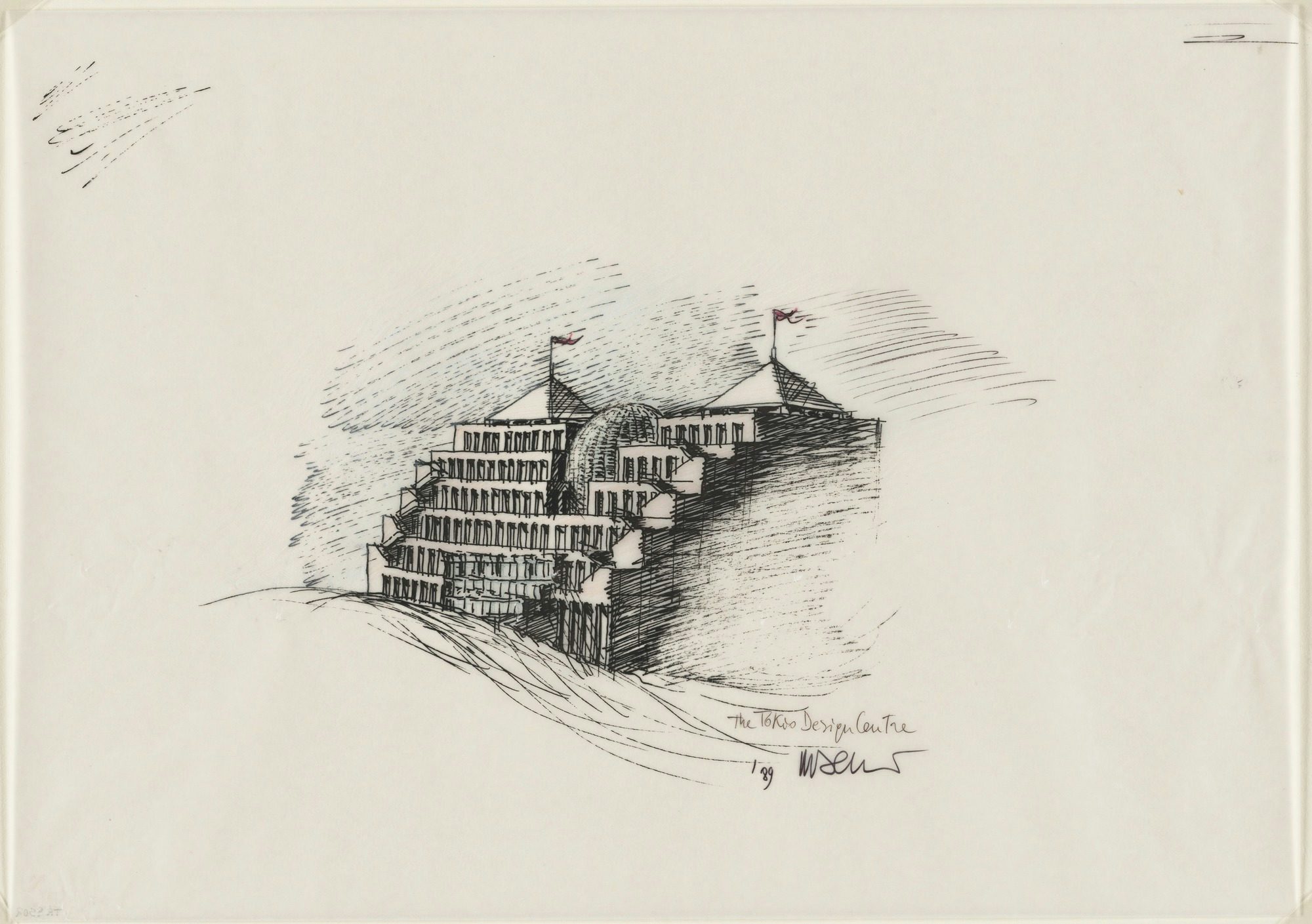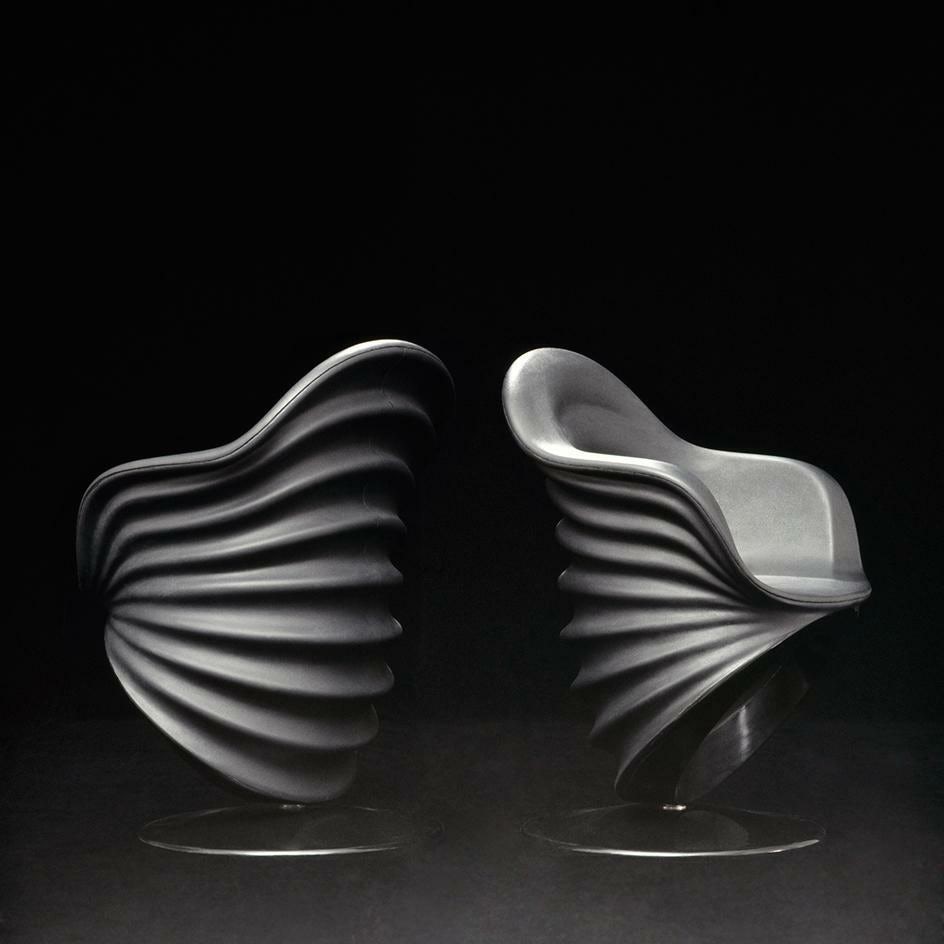Posted in Design Stories
Mario Bellini: A Lifetime of Design

It sounds like an undreamable luxury, but for Mario Bellini, a lifetime of design is the most natural thing of all. Over a career that now spans six decades, Bellini has dreamt, sketched and sculpted furniture, objects, machines, buildings and places. His hand has traced almost every aspect of material human life, from suites of household utensils and furnishings to machines and innovative technologies, office spaces and civic buildings.
It’s a volume and breadth of work that, at the outset, would have been difficult to fathom. The tale begins in Milan, 1963, when a young man who had recently his architectural education at the local polytechnic accepted an invitation from Olivetti – the now famous Italian manufacturers of machines – to develop design concepts for their revolutionary machines. Almost overnight, the young Bellini blossomed into chief design consultant, a role he would hold for almost 30 years, until 1991. Proving his value was not limited to buildings, Bellini seemed to translate his architectural education into these often strange, smaller scale objects with ease. Perhaps enlightened by the ability to work intently on something of an everyday scale, the polymath exposed a deftness for quickly turning his mind to new problems, forms and styles.
With his work in industrial design, Bellini captures the joy of objects and of creating a life for yourself with special, well-crafted things around you. His design process starts from a seemingly innate understanding of how the quality and form of the environment can influence not just how we move, but also our moods and habits. As a result, his work speaks generously of the places we eat in, how we sit, and how we arrange objects around ourselves to create a place that makes sense to us.

Even when looking at the many machines and technological pieces Bellini has worked on, you get the sense that he’s less concerned with the technology, and more with the mechanisms of living that each particular object will relate to or enable. Technological advancements and misadventures become the material for his investigations, resulting in unexpected outcomes and a playful aesthetic. And always, rationale, functionality and livability are sprinkled with a certain, hard-to-resist delight.

Even now, past 80 years of age, Bellini continues to approach each moment with a child-like fascination, closely examining the world through touch, feel, and even smell. He is keenly aware of wonder all around him, and revels in discovering how things work, seeing how two disparate ways of thinking might come together to create a kind of magic. As with any design driven by curiosity, the resulting creations possess a sense of standing outside time. These are chairs, machines, and desks that respond very clearly to the problems or questions presented to them, but which, through the design process, develop an internal logic that stands up strongly years later. This continuous pushing and pulling of the complex and the simple results in a unique elegance that is distinctively Bellini.
When designing furniture, Bellini’s curiosity often seems to focus on how things press up against one another: bodies, seats, cloth, light and time. At quite a basic, human level, we can relate to Bellini’s La Bambole as a population of living bodies – singular, but also a collective. The grouped leather forms make sense to us in a bodily, physical way, calling on all the senses. Almost oversized, they are reminiscent of the early clay models made to understand the formal qualities. There’s a certain understated luxury in the way the sofa takes in our form as we lower ourselves into it, and retains a soft impression of our bodies after we rise. As the richly colored leather ages, it adapts and relaxes, slowly developing a deep, unique patina.

Bellini’s approach is not limited to a specific scale, typology or client base – in fact, the variety of opportunities seems to generate new energy and design potential. The task of design here is to create objects or spaces which function effortlessly, and which have a grace and beauty that belies their practical use. The resulting sculptural objects might uniquely demand or enhance a certain way of living, or seeing.

It’s fitting that Bellini insisted on referring to the recent retrospective exhibition, ‘Italian Beauty’, in his hometown of Milan, as a ‘prospective’, because that’s exactly how he seems to approach the world: always projecting, always wondering what’s next. He engages with design as a significant act of placing yourself in the world, and of realizing the world around you. His offering to the design world is profound, and demonstrates his insatiable curiosity. It is a portfolio that accounts for almost every object, material, and color. But you also get the feeling that Bellini will always find something else to explore, something new to create. As he himself has said, a lifetime of design is just a case of “dreaming and doing”.

